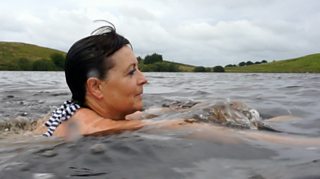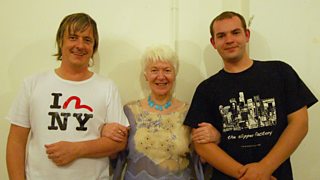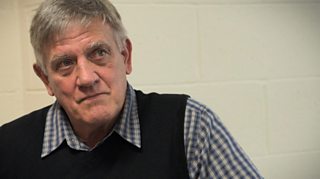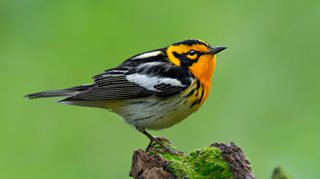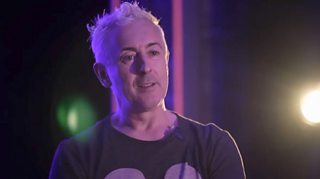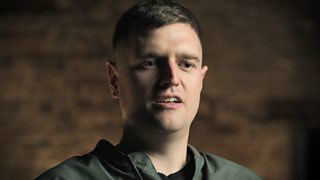How the quiet Kingdom of Fife was once at the very heart of the Cold War
4 October 2017
The US military was stunned by the Soviet Union’s successful launch of Sputnik on October 4 1957.
For the first time in history, a man-made satellite was orbiting the earth.
- In detail:
The arms race became even more intense as the Americans feared Russian technology was giving them a tactical edge.
This increase in tension was felt all around the world.
With its weapons bases, nuclear bunkers, and spy centres, Scotland played its part in this titanic struggle between East and West.
While the conflict may be over, some fascinating ruins of these Cold War facilities can still be found in Fife.
Sergei Korolev’s achievement
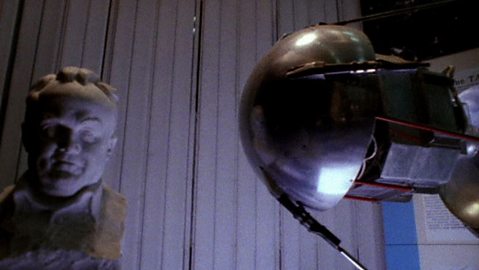
Sputnik launches
Soviet rocket engineer Sergei Korolev beats America into orbit.
Training boys to interrogate spies
Three teenagers who would go on to become famous playwrights were dispatched to in the 1950s to help fight the Cold War.
Crail was temporarily home to bright Grammar school boys , , and .
These national servicemen, among others, were being taught how to interrogate Russian spies at the
During their stay at the centre, which was nicknamed Heartbreak House, they were immersed in Russian language and culture.
Heartbreak House
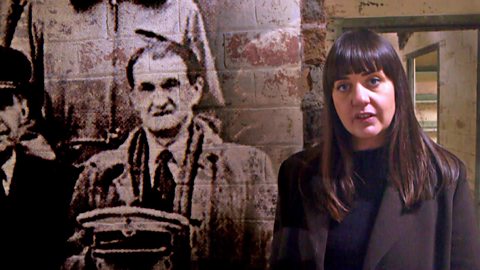
Lessons from Heartbreak House
Where National Service conscripts including Alan Bennett and Dennis Potter learned Russian
A Scottish government in waiting
In the event of the Cold War turning hot, it was thought that London would not survive a nuclear blast.
The solution was to disperse different parts of government and the military to different areas of the country. St Andrews was one such place.
Designated a , a massive bunker was built to accommodate a government, the military as well as the ����ý.
The size of two football pitches and with walls three metres thick, this vast complex was abandoned after the collapse of the Soviet Union.
St Andrews’ nuclear bunker

Scotland’s secret Cold War bunker
Comedian Susan Calman visits a massive underground nuclear bunker in St Andrews
More on Scotland’s Cold War
Latest features from ����ý Scotland
-
![]()
'Wild swimming helps me process the grief of losing my son'
The benefits of cold water therapy.
-
![]()
Winter adventures are appealing, but an expert advises caution
Trips in winter require particular knowledge and skills.
-
![]()
The rescuers: Why volunteers risk their lives in mountain emergencies
Landward meets members of the Cairngorm Mountain Rescue Team.
-
![]()
‘Look for the light’ – practical tips to help you through another winter with SAD
Useful advice and tips to combat low moods at this time of year.
-
![]()
How you could be a binge drinker without even knowing
Binge drinking is classed as fewer units than many people may realise.
-
![]()
How chocolate biscuits and drama classes helped one man leave prison behind
The healing power of creativity.
-
![]()
'When people believe in you, it’s life-changing'
Author Graeme Armstrong revisits the man who helped turn his life around.
-
![]()
The 'breath-taking' display of US birds swept on to British soil
Recent storms have brought rare birds to our shores.
-
![]()
Six things we learned about Alan Cumming on Take the Floor (Spoiler: includes accordions)
The actor spoke to Take the Floor's Gary Innes.
-
![]()
How street gangs trap young men in a dangerous cycle of violence
The almost inescapable pull of life in a gang.
-
![]()
Why stylist Gok Wan believes there's no such thing as bad fashion
The fashion expert says we should stop following rules and do what feels right.
-
![]()
Is sending a CV still the right way to apply for a job?
They've been central to job applications for years, but are they worth it?
